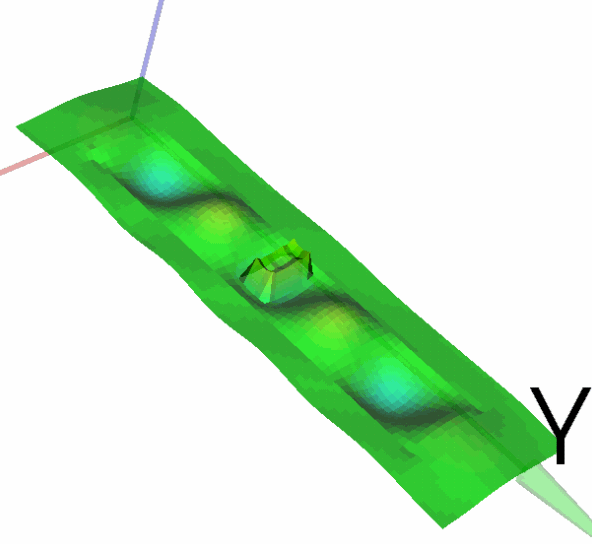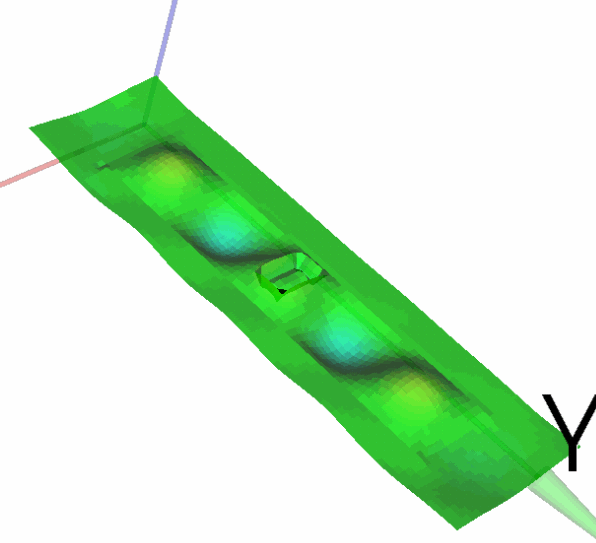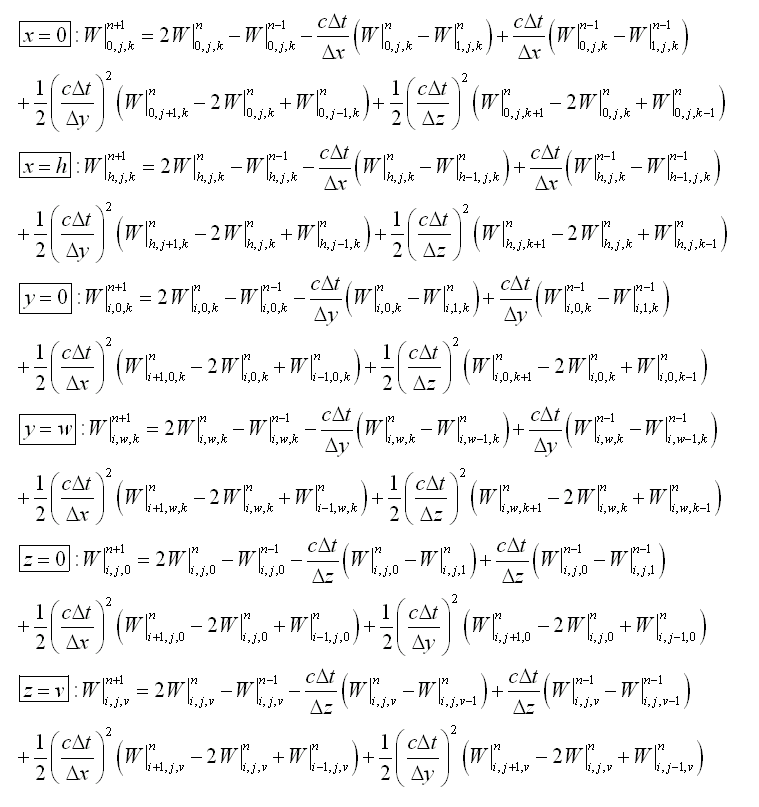fdtd mur second
I've posted twice asking people whether they knew anything about instabilities caused by the combination of MUR + FDTD.
Although some people did reply and I thank them for their time no one really knew why would there be any instabilities but rather proposed using PML instead of MUR.
After struggling for one month with Mur (and although I thought i resolved my problem as stated in a previous post which link is :
https://www.edaboard.com/viewtopic.p...674&highlight=
Check it out it clarifies the problem)
I found out what is the problem.
It is not enough MUR ABCs are really weak comparing to other ABCs such as Liao or the layer lovers PML it has more problems too.
When combined with FDTD Mur suffers what is called the Later-Time Instability which is exactly my problem (see the above post) where after some time there is an explosion of values on some boundaries of the computational domain.
However I found a few papers on the net concerning this and especially a great one giving a solution/alternative to repairing Mur.
The paper's title is :
The studies of the stability of FDTD with Mur's absorbing boundary condition of second order in 3-D scattering problems.
Although I haven't tried their solution on my code yet (I will though) it seems to work nicely and without having to make major changes in your already existing code.
I posted this because I hope someone will be helped by this.
Long Live FDTD
PS. The paper is a little inaccessible but I got from a friend with a great subscription. Please tell me if I can upload it here (I didn't bother to read the rules). IF you need it contact via email (somada141@yahoo.gr) and I can send it to you.
PS2. It seems I need a way to find out when my code reaches steady-state...Does anyone know how to do this? Help out if you can:D
Added after 10 minutes:
There will be updates on this as soon as I try this method....
hi can i have the paper?=p i need it coz i'm trying to simulate a long structure
my e-mail address is brrrrrgrrrrr@yahoo.com (5r's^_^)
My good people ,
You will see the miracle of the Anti - LTI as I named this thing (Anti Late-Time Instability).
People who have seen my posts during the last month will know I had one huge proplem with the instabilities caused by long term use of 2nd Order MUR ABCs (please read the respective posts).
However Zhang Yusheng and Wang Wenbing showed me the way.
The aforementioned paper has the solution for you. I strongly suggest you get it cause it truly works.
Ok let's get serious shall we?
I spent the day to implement and test the approximation given by this paper.
They use the upwind approximation for descritizing the one-way wave equation used in Mur ABCs of the 2nd Order. The equation that occurs actually works better than I could hope.
However pics speak better than words. All this time I was struggling to get the MUR to work I was mostly testing with a waveguide structure open on two ends with a hard-source excitation (see the previous post).
The picture below is taken from the simulation at time step No300. No Anti-LTI has been used here. However there are 2nd ORder MUR on the inner faces and 1st order MUR on the edges and corners (see Kunz)

You can see everything has gone to hell. Up to step 250 everything worked find but the the LTIs kicked in and the result is shown above. By step 300 the solution is corrupted.
Below is the same simulation but with use of Anti-LTI. In here I use 1st order Mur at the edges and corners as before but the approach given by the paper in the inner parts of the faces. The results speak for themselves :

As you can see everything works great. Apart from some numerical reflections due to the small distance between the geomtery and the boundaries (for quick simulations) which are expected no instability occurs.
Here is the above after 50 steps more :

As you can see everything still works. I have simulated several hundred steps ahead and no LTIs occured.
Conclusion : Do you have instability problems with Mur ABCs? If so this paper gives the solution. Can"t get the paper? Ask me and I'll send it to you asap.
Long Live FDTD...
Cheers,
Adam
Added after 14 minutes:
Since I am happy this worked for me I am sharing the full equations as proposed by the paper for full 3D FDTD with rectangular cells (this overlaps the given cubical) for all 6 boundaries (there may be errors - if you see any contact me plz):

just use those as you use the classic 2nd order Mur. They work like a charm!
Up till now I thought it was against forum rules to post the papers themselves but I encountered several people who did so and are still alive.
Hence here it is . The paper with the anti-LTI Mur ABCs
Dear moderator/administrator,
If it isn't law-abbiding after all then remove the attachment but please spare me
